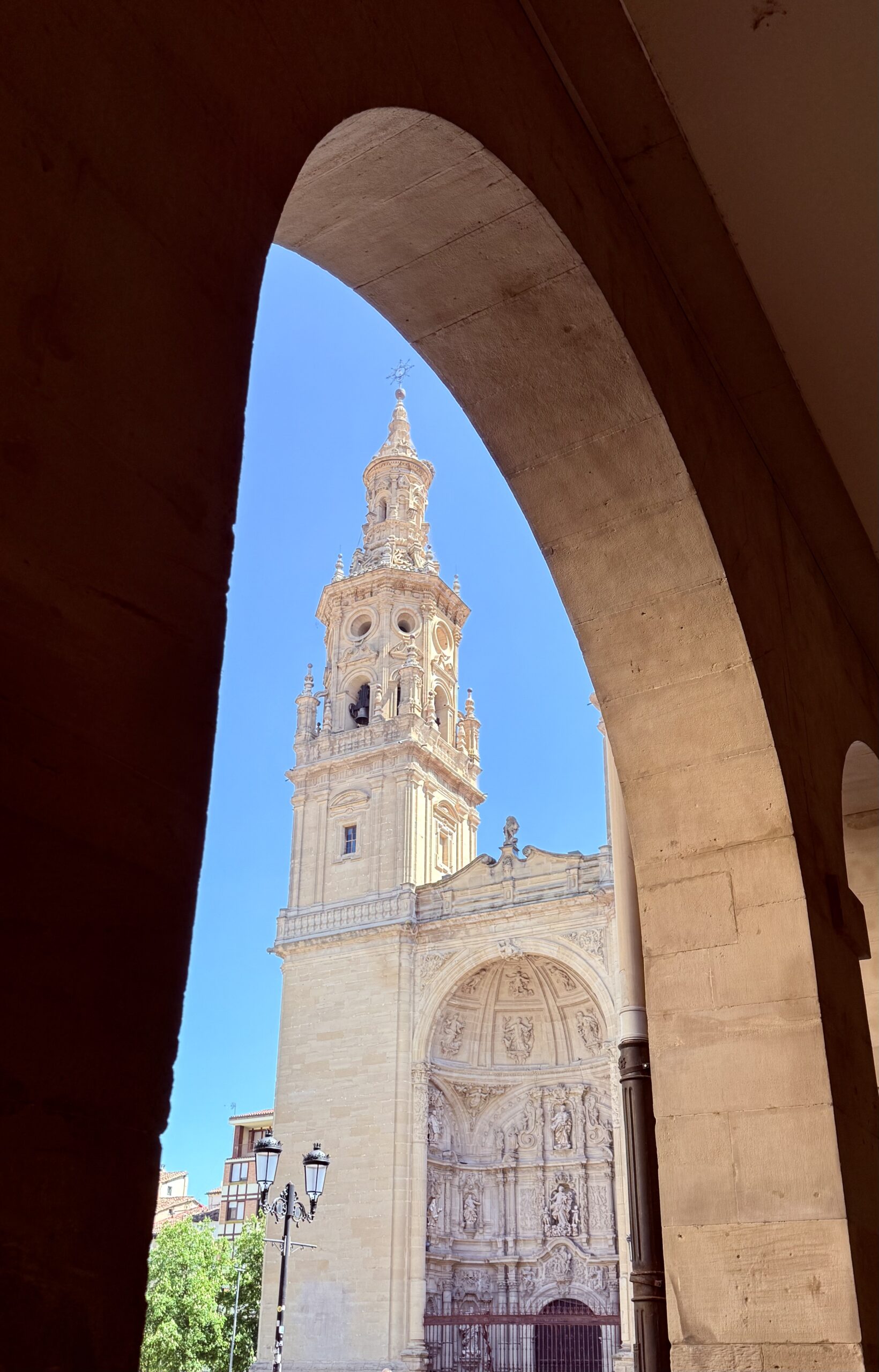
About a week after returning from most adventures, I post some reflections on that journey.
Three weeks ago today, I arrived in Santiago de Compostela – and headed back to San Luis Obispo two days later. Only now am I feeling the pull to put my reflections into written words.
Why the delay? Could it be because my eyes are still – five months post-cataract surgery – incredibly sensitive to light including from my computer monitor? Could it be because my body, which held up for 700 miles with nary an ache, now speaks to me through lower back pain? Could it be spending a full week at Live Oak Music Festival, volunteering on set up and tear down while also enjoying a fabulous weekend of music?
Or could it be because the Camino experience was so powerful that finding the words to express the journey is nearly impossible?
When friends ask me about the Camino, I say it was “transformational.”
Having the time and space to BE. Just BE. What a GIFT! A transformative GIFT!
While walking, I realized that the questions I thought I had for the Camino – topics I felt I might consider while putting one foot in front of the other – were not the questions that the Camino answered. Larger questions about strength, relationships, purpose…those are the answers that percolated.
I also reflected on being “insignificantly significant.” Opening my lens infinitely wide, we are individually insignificant in the history of the world and the fullness of the cosmos. BUT we matter here and now. To ourselves. To those we love and those who love us. To our communities – local, national, and global. Being insignificant in the largest sense does not absolve me from being significant to those around me.

Most guidebooks divide the Camino Frances into three sections: the “Body” – from Saint Jean Pied de Port to Burgos (the Pyrenees and Basque Country); the “Mind” – from Burgos to Astorga (the Meseta); and the “Soul” – from Astorga to Santiago de Compostela (Cantabrian Mountains and Galicia).
I, though, see four sections, splitting the final third into two pieces: Astorga to Sarria and Sarria to Santiago de Compostela. The quantity of pilgrims, especially the large groups of teenagers, makes the final 100km different than the preceding 700km.
For purposes of my blog, though, I’m using our rest days to organize my thoughts!
Section 1: Saint Jean Pied de Port to Logroño

Although I enjoy walking and hiking, I was quite concerned about the climb over the Pyrenees. So I trained. Lots of big climbs, including up Sydney, a local tough hike. Little did I know that the hike up challenged me less than the slippery and scary hike down into Zubiri!
Stages 1-7: Saint Jean Pied de Port to Logroño
Logroño Rest Day
Section 2: Logroño to Burgos

Some of the most beautiful scenery! The photo at the very top of this post is from Cirueña, just outside of Santo Domingo de la Calzada, where Minke and I had our first “princess moment.” Our hotel was less than satisfactory in Logroño and even more disappointing in Najera. Since there is a parador in Santo Domingo, Minke introduced me to the exquisiteness of paradores in Santo Domingo!
Stages 8-12: Logroño to Burgos
Burgos Rest Day
Section 3: Burgos to León
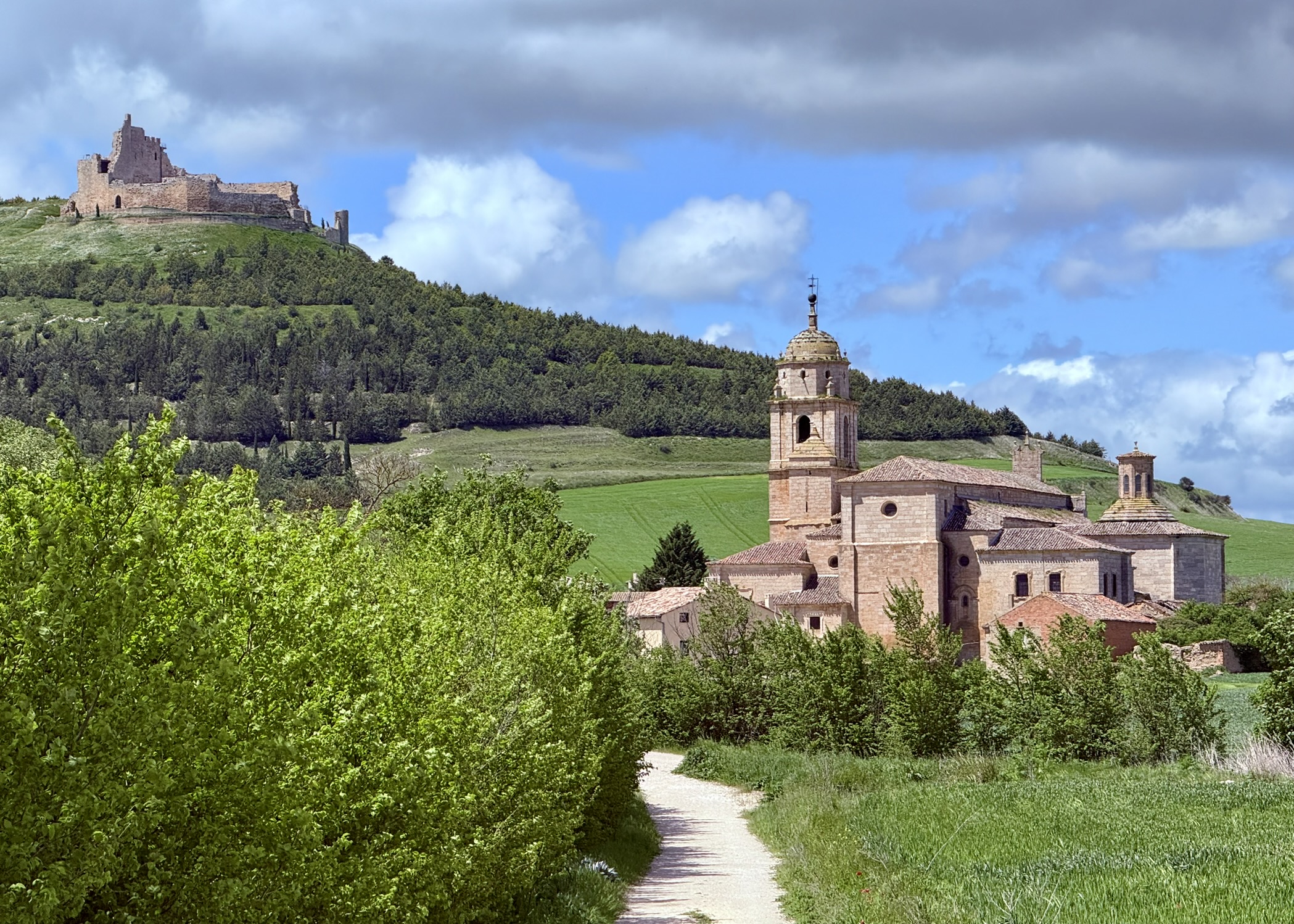
The Meseta: A vast plateau between Burgos and León. A few pilgrims avoid the Meseta for its lack of trees and shade and often stark vistas. I, however, LOVED walking the Meseta. The openness, the springtime beauty of the flowers and fields, the time and space allowing one’s mind to wander and ponder….all of it made this part of the Camino a meaningful and powerful experience for me.
Stages 13-21: Burgos to León
León Rest Day
Section 4: León to Ponferrada

This section had one of my very favorite hikes! Although long and very challenging, the hike from Rabanal del Camino to Molinaseca amazed me with its flowing creeks, blooming wildflowers, and varied terrain. Less thrilling: Molinaseca to Ponferrada!
Stages 22-25: León to Ponferrada
Ponferrada Rest Day
Section 5: Ponferrada to Santiago de Compostela
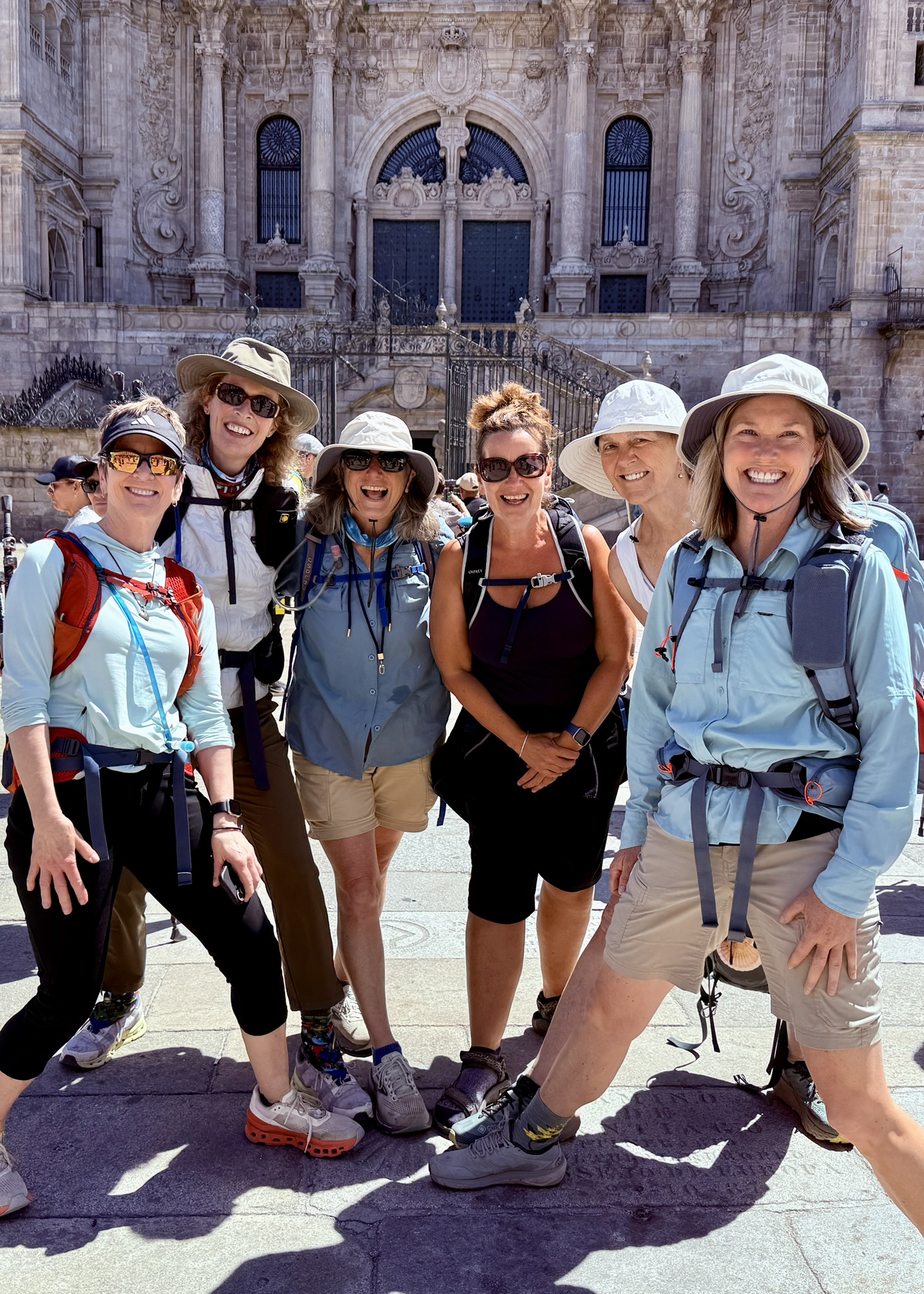
Three weeks ago, I completed my pilgrimage from Saint Jean Pied de Port to Santiago de Compostela. As Minke and I gripped hands while walking into Plaza del Obradoiro, the home of the Santiago Cathedral, I felt relief, joy, surprise, pride, accomplishment, happiness, gratitude. Overwhelmed, I burst into tears. Tears not of sadness but of deeply felt amazement and achievement.
Stages 26-34: Ponferrada to Santiago de Compostela
A few other posts I made on this journey…
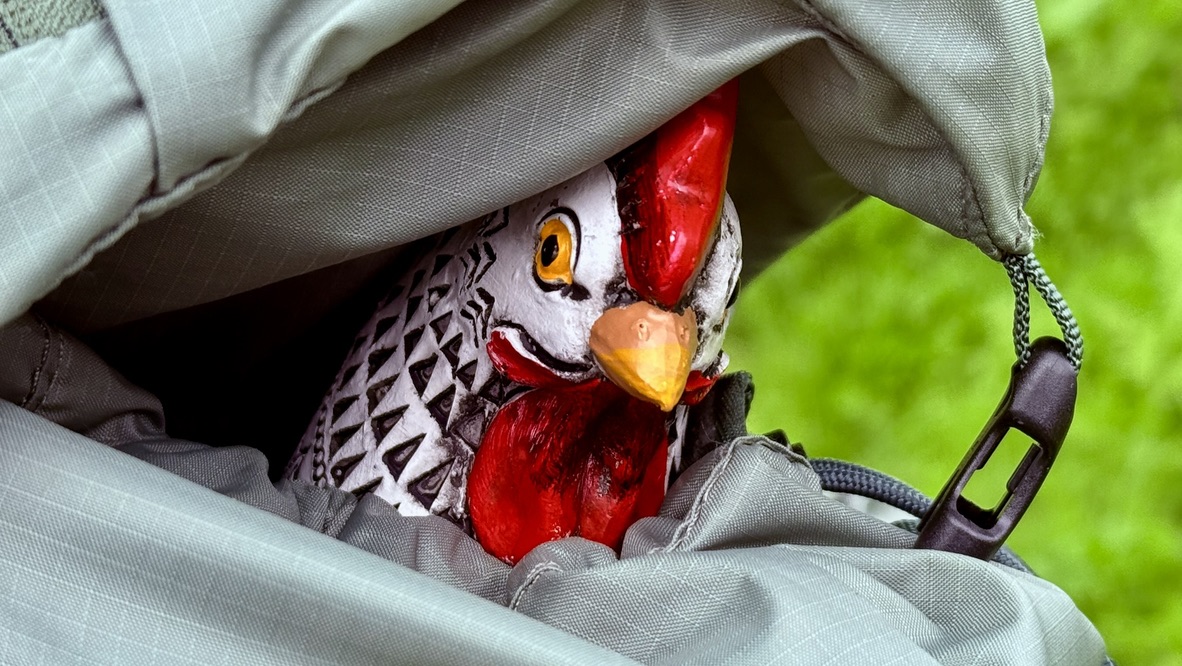
Paris: Pre-adventure
Saint Jean Pied de Port Meandering
Obituary: Camembert Francis de Santiago, date of birth unknown, date of death April 29, 2025
Finisterre Celebratory Rest Day



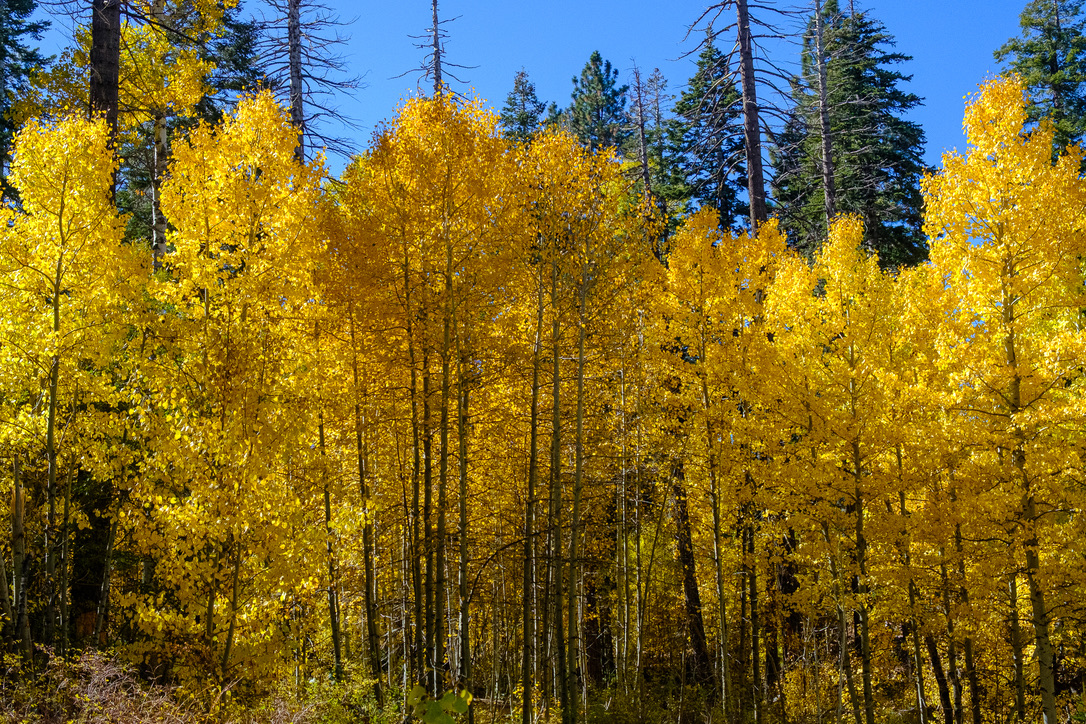











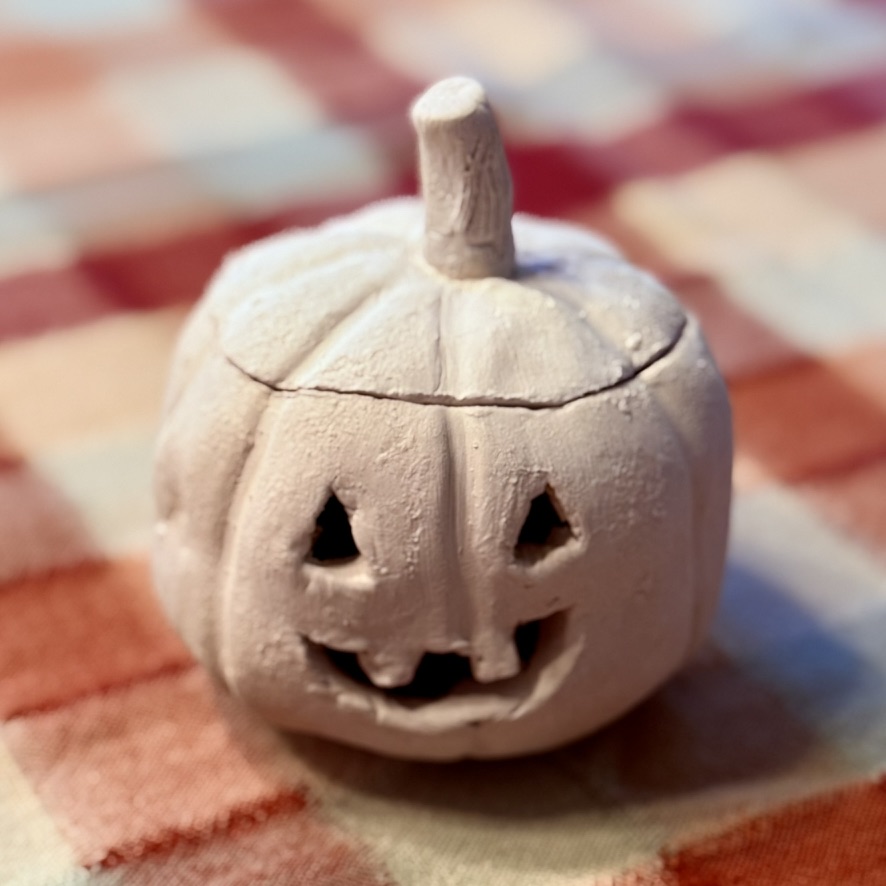



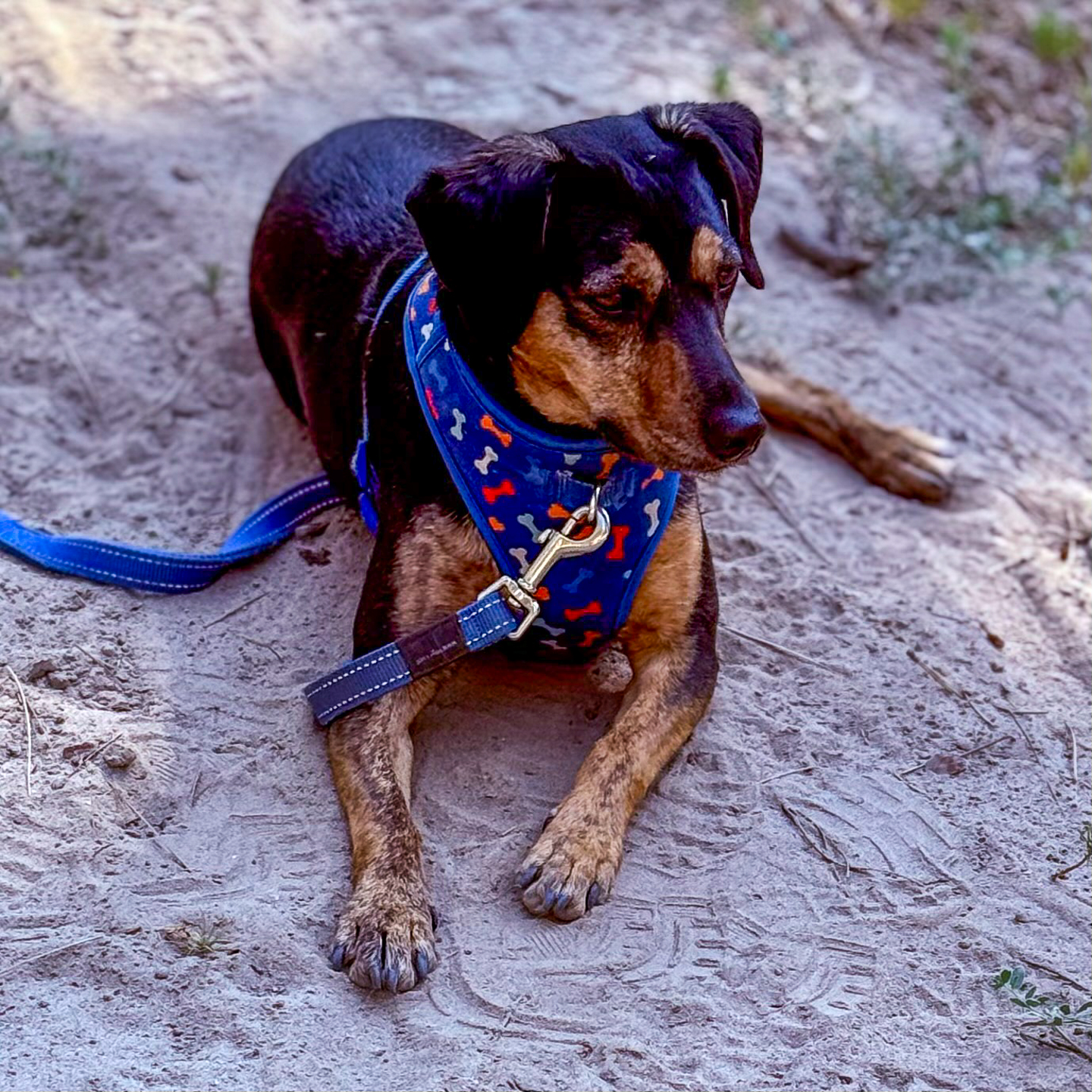
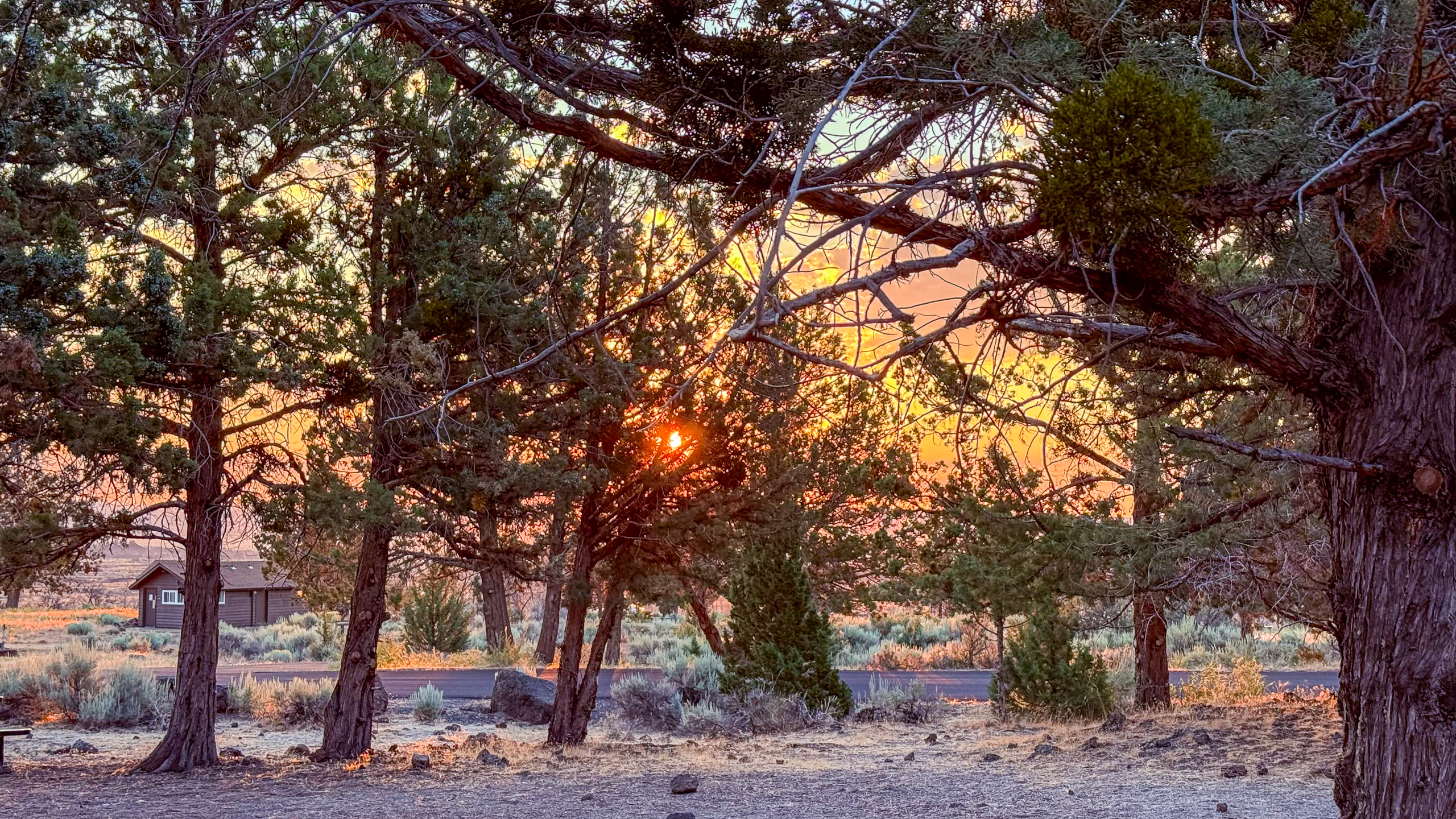




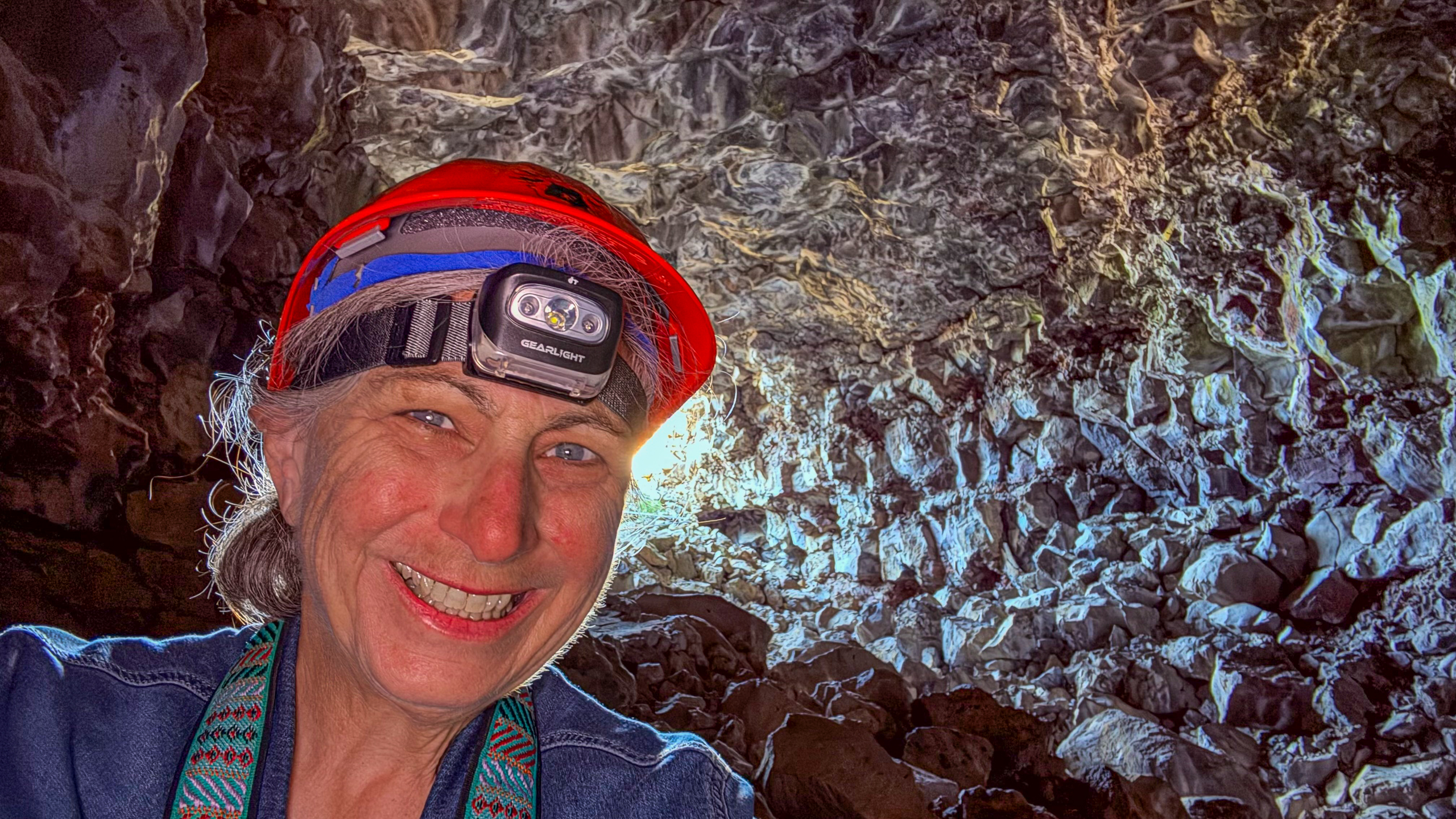
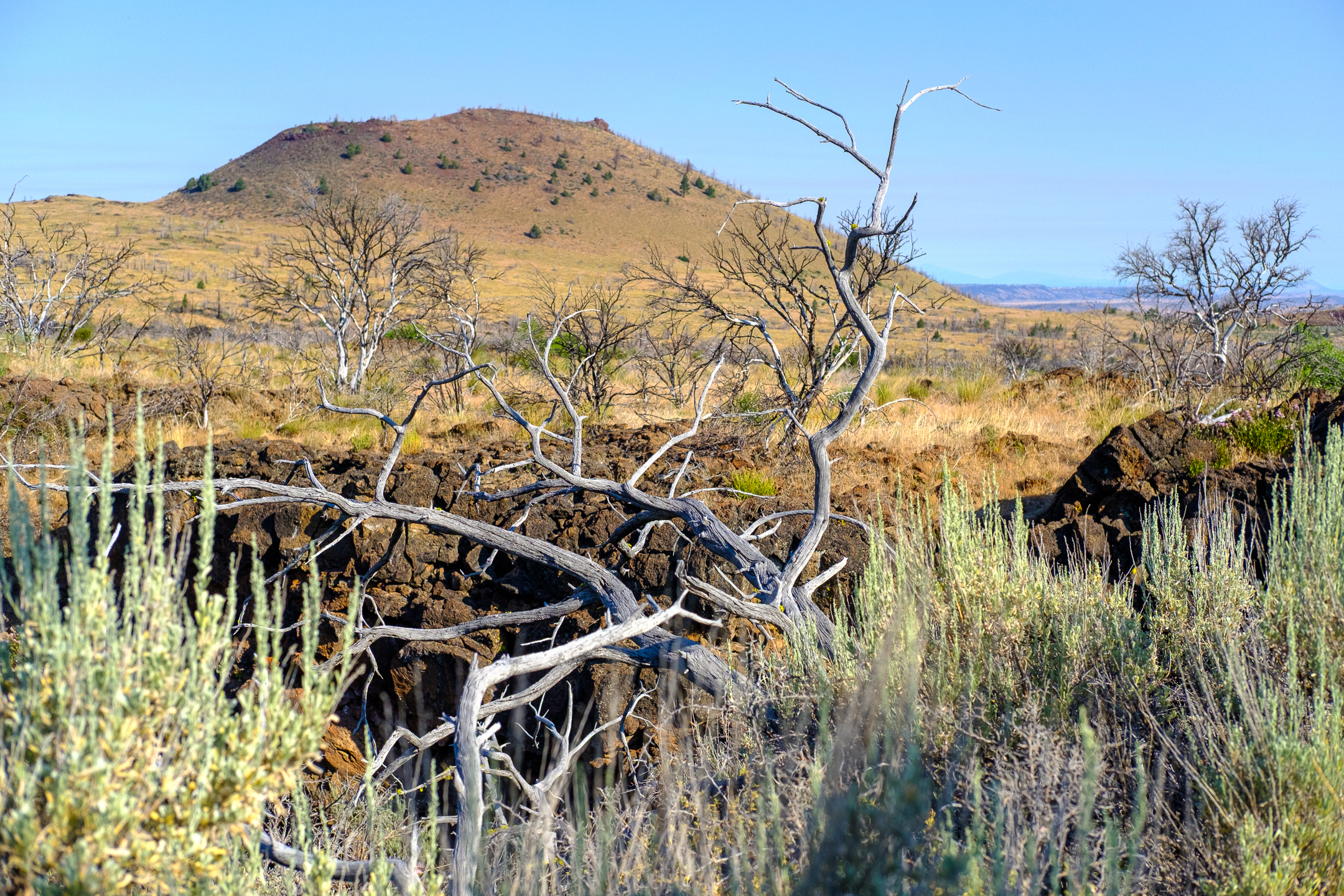






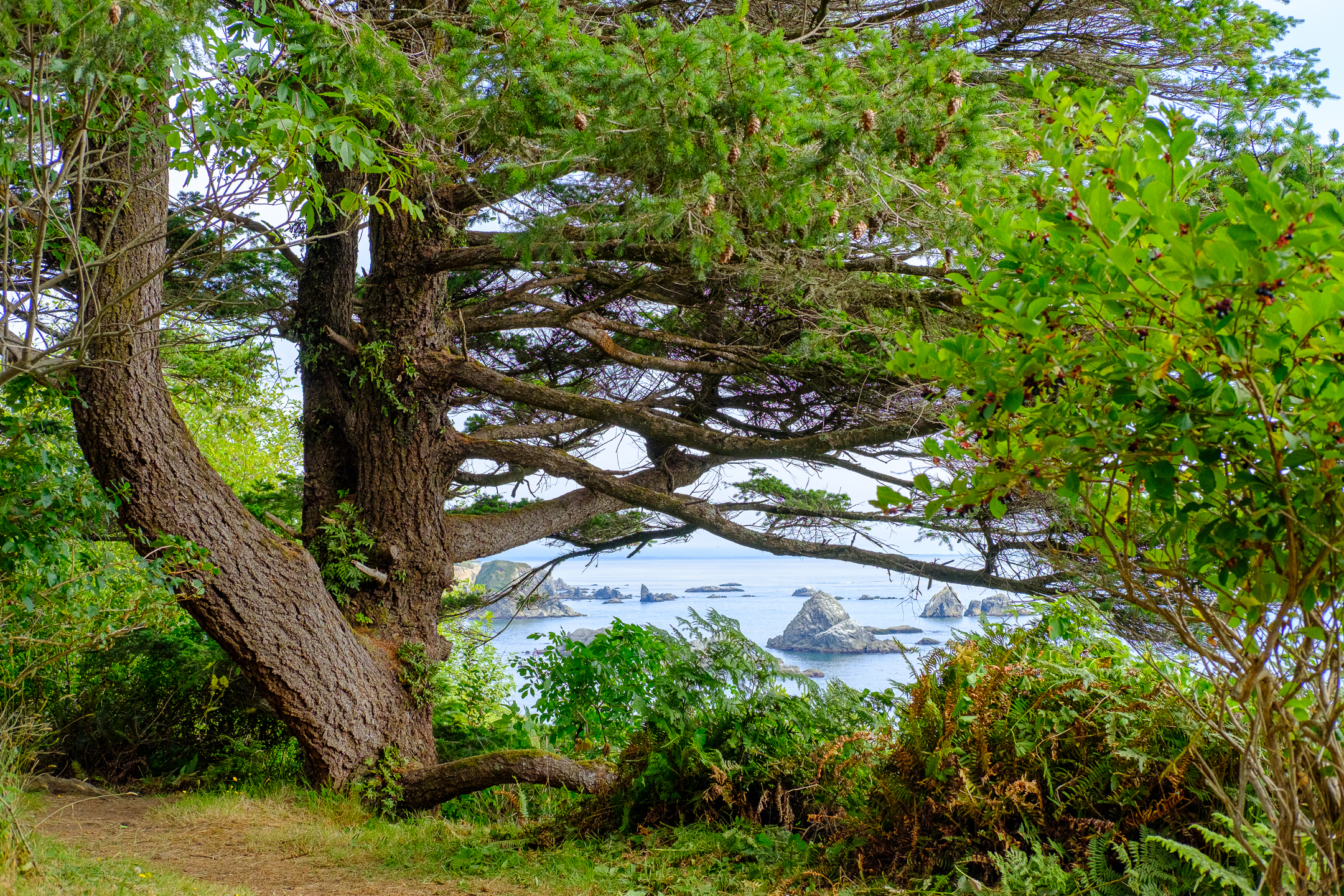
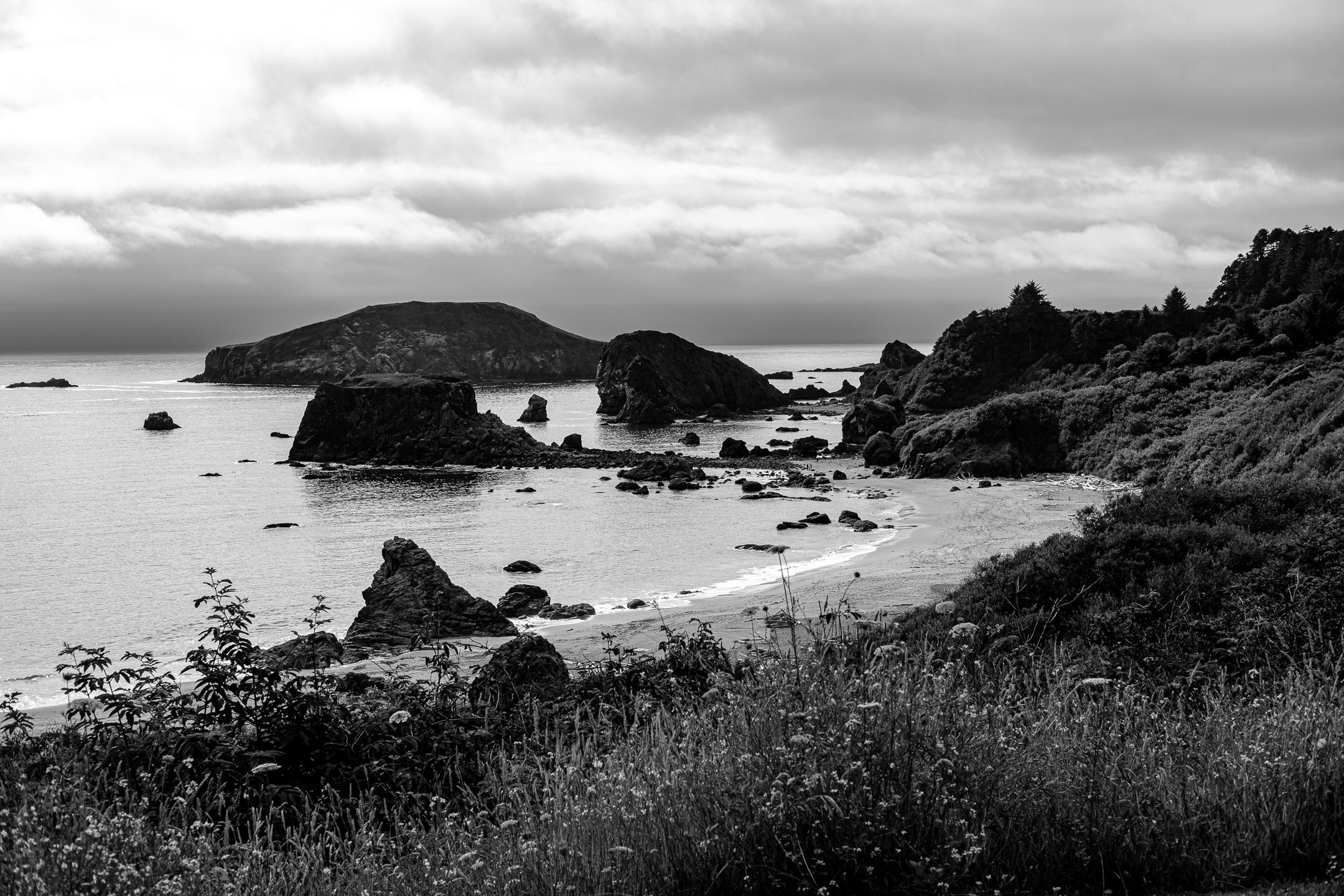

















 Camembert Francis de Santiago was born to a French mother, Belle Poulet, who encountered “the love of her life” during a free range vacation in northwest Spain.
Camembert Francis de Santiago was born to a French mother, Belle Poulet, who encountered “the love of her life” during a free range vacation in northwest Spain.
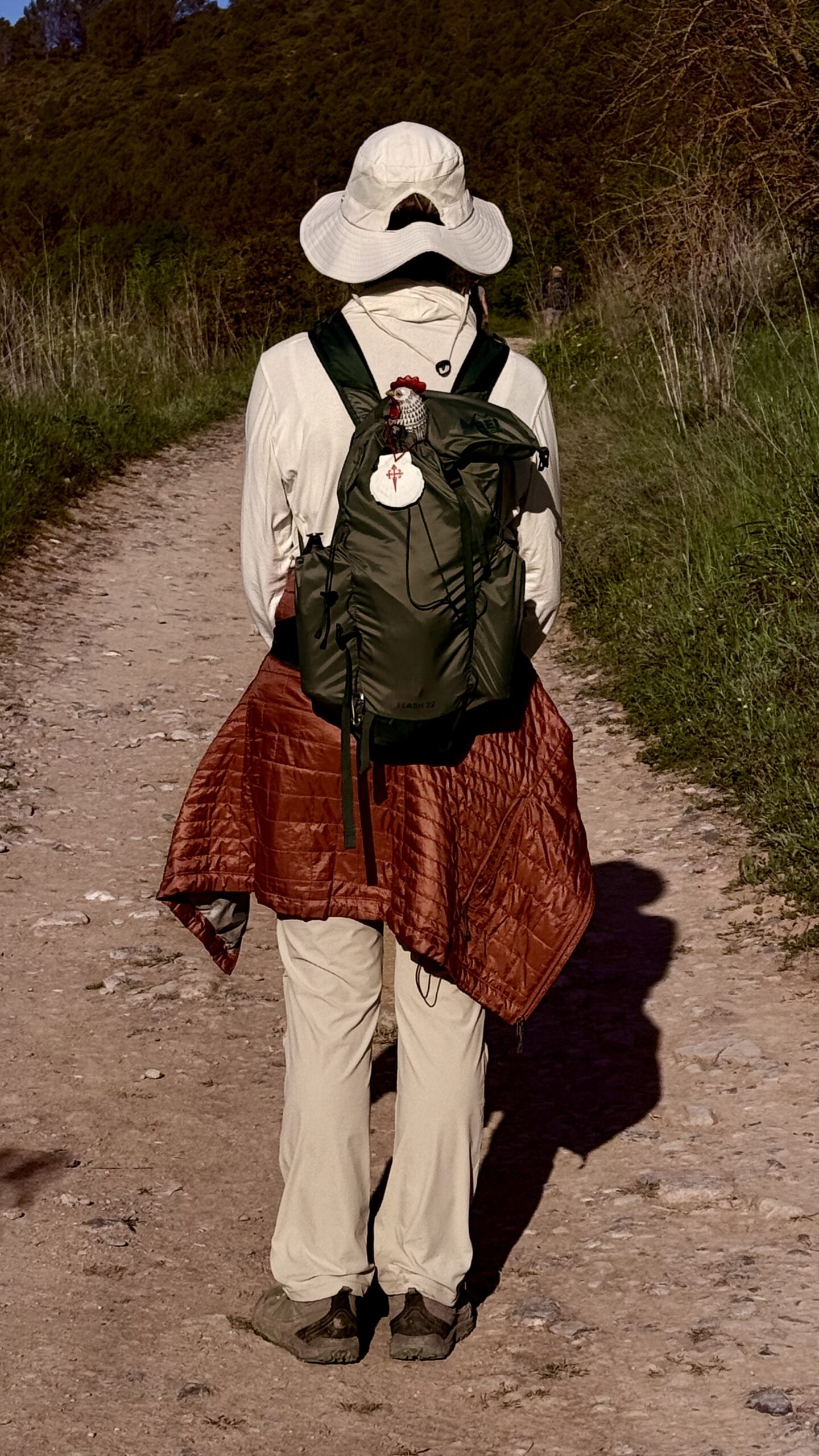



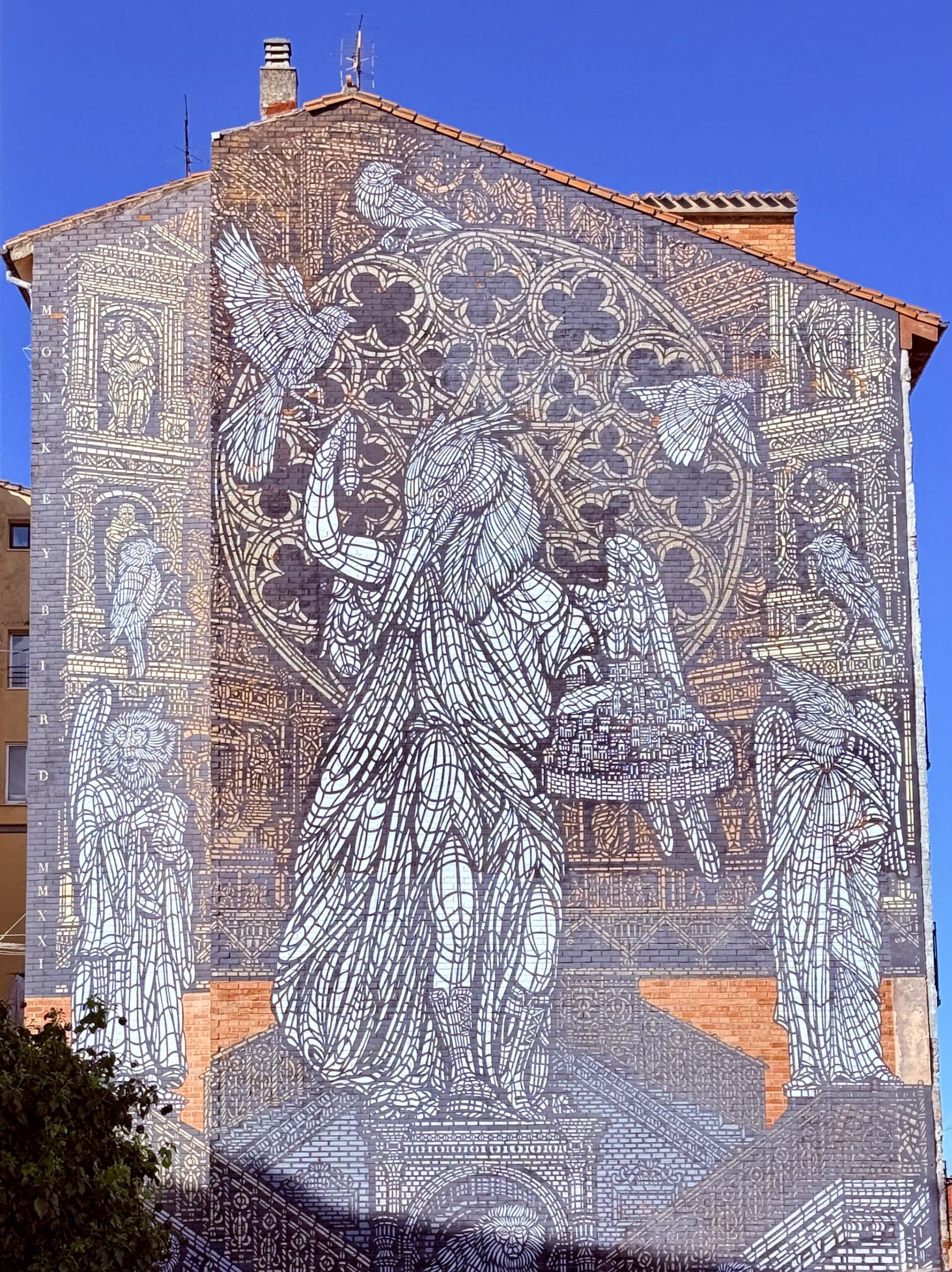
 Rest day in Burgos, so I’m blogging about the second part of our AMAZING journey…
Rest day in Burgos, so I’m blogging about the second part of our AMAZING journey…